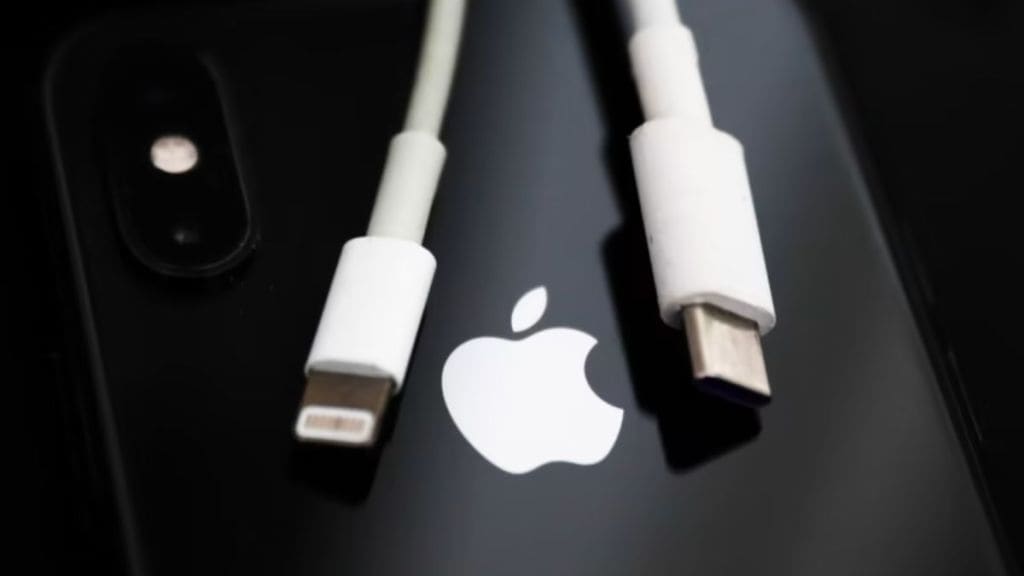With Apple set to launch the iPhone 15 series with USB-C–ending 11 years of tradition and abiding by EU mandate–we take you on a trip to mark the differences between USB-C and the classic Lightning Port.
Apple replaced the 30-pin dock connector on iPhones during a special media event on Sept. 12, 2012. Now, it’s just another Apple vintage. Frankly speaking, it would take Apple time to pull lightning connectors from the market, and likely by the time, we get rid of lightning connectors. Apple iPhones would go truly wireless. Note that it is just a speculation.
Also Read | iPhone 15 series’ full camera specs leaked ahead of September 12 Apple Wonderlust event
Lightning Port vs USB-C: 5 key differences
| Lightning Port | USB-C | |
| Compatibility | Only works with Apple devices | Works with Android phones, laptops, and tablets, including some iPads, MacBooks and a range of devices |
| Transfer Speed | Up to 480 Mbps | Up to 40 Gbps |
| Max Power Output | Up to 20W | Up to 240W |
| Availability | Might be difficult to find it everywhere | Readily available at every place |
| Price | Comes at a premium; Apple-made Lightning cables are expensive, and, Qi Certified cables are not super affordable either | Both premium and super-affordable options are available in this segment, which makes it the best choice. |
Also Read | Apple enters the AI race with ‘Ajax GPT’; working on multiple AI projects simultaneously
As you can see, USB-C is the clear winner with just two points that make a big difference: Transfer Speed and Maximum Power Output. USB-C outperforms Lightning Ports.
Most importantly, USB-C is already the standard charging port for many Android phones, laptops, and tablets, so the change would make it easier for iPhone users to use the same cables and chargers for all their devices.
Follow FE Tech Bytes on Twitter, Instagram, LinkedIn, Facebook.








